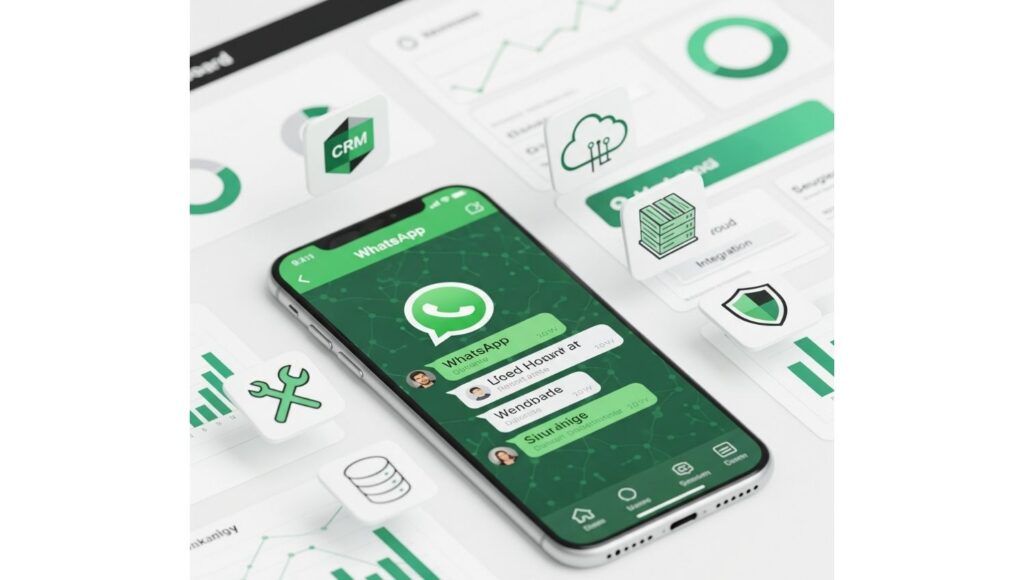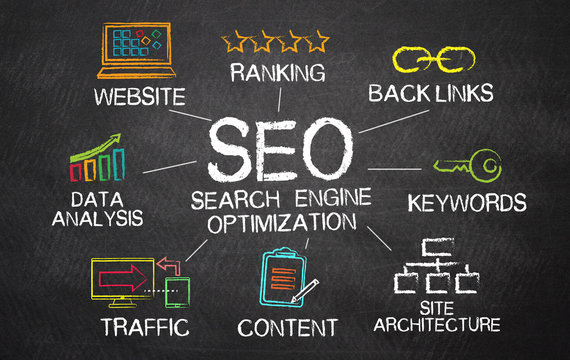WhatsApp API Guide: The Ultimate Business
Table of Contents

Introduction
In the modern business environment where everything is digital first, immediate and personalized communication is unavoidable. Clients crave real-time answers, seamless interactions, and a platform they are already familiar with. This is where the WhatsApp API comes in as a business catalyst. With more than two billion active users globally, WhatsApp is more than a chat program — it is a communications giant.
The WhatsApp API (Application Programming Interface) closes the gap between businesses and their customers, allowing companies to send messages, alerts, notifications, and support replies directly via WhatsApp in volume. Compared to the standard WhatsApp Business App, the API is designed for medium to big businesses that need automation, CRM integration, and team messaging.
In this ultimate guide, we will discuss everything you want to know about WhatsApp API — from its features and installation process to its price, advantages, and practical uses.
Chapter 1: Understanding WhatsApp API
1.1 What is WhatsApp API?
The WhatsApp API is a software that enables businesses to bring WhatsApp messaging into their systems, CRMs, or customer service platforms. In contrast to the WhatsApp Business App, which is operated manually, the API offers programmatic access to send and receive messages.
It was introduced to enable businesses to communicate at scale, manage multiple conversations, and integrate messaging workflows without having to depend on manual interactions.
1.2 WhatsApp API vs WhatsApp Business App
| Feature | WhatsApp Business App | WhatsApp API |
|---|---|---|
| Best for | Small businesses | Medium to large businesses |
| Setup | Mobile app | Server or cloud integration |
| Messaging volume | Limited | High-volume (unlimited) |
| Automation | Basic quick replies | Full automation via CRM or software |
| Multi-user access | No | Yes |
| Integration | Minimal | Extensive API integration |
Chapter 2: How the WhatsApp API Works
2.1 API Basics
The WhatsApp API acts as a communication conduit between your system and the WhatsApp servers. Companies send requests (messages, notifications) through the API, and WhatsApp sends them to the intended receivers. Inbound messages from customers are also forwarded through the API to your platform.
2.2 API Endpoints
The API employs specific endpoints for various actions, including:
- Sending messages
- Receiving messages
- Handling message templates
- Verifying delivery and read receipts
- Contact and opt-in management
2.3 Cloud API vs On-Premises API
Two primary forms of API are provided by WhatsApp:
- Cloud API – Powered on Meta’s servers, rapid deployment, low infrastructure cost.
- On-Premises API – Powered on your server, more control over the environment, increased maintenance.
Chapter 3: Key Features of API WhatsApp
- Two-Way Messaging – Send and receive messages in real-time.
- Rich Media Support – Send images, videos, documents, locations, and buttons.
- Interactive Templates – Pre-approved promotion or notification message formats.
- Multi-Agent Support – It is possible for multiple staff to manage chats at a time.
- CRM Integration – Easy integration with such tools as Salesforce, HubSpot, or Zoho.
- Message Automation – Messages may be triggered by user action or scheduling.
- Secure Communication – End-to-end encryption of all messages.
Chapter 4: Setting Up WhatsApp API
4.1 Requirements
- A verified business account on WhatsApp Business Manager.
- A telephone number that is not attached to any WhatsApp account.
- Hosting option – Cloud API or On-Premises API.
- Connection to a WhatsApp Business Solution Provider (BSP) or direct access to Meta Cloud API.
4.2 Step-by-Step Setup
- Meta Business Manager Account Creation
- Sign up at business.facebook.com.
- Confirm your business details.
- **Add and Verify Your Phone Number
- Make sure it’s not tied to an existing WhatsApp number.
- Get and input the verification code.
- Select Hosting Option
- Cloud API for simplicity or On-Premises for full control.
- Intergrate API with Your System
- Utilize the official WhatsApp Business API documentation for endpoint calls.
- Integrate with your CRM or customer service software.
- Approve Message Templates
- Send templates to WhatsApp for promotional or transactional messages.
Chapter 5: Pricing for WhatsApp API
Pricing differs based on your provider and country of operation. In general, WhatsApp charges per conversation, and all messages sent within a 24-hour time frame are included.
Types of Conversations:
- User-Initiated – Customers initiate the message to you.
- Business-Initiated – You initiate the message to customers via a pre-approved template.
Chapter 6: Use Cases of WhatsApp API for Business
- Customer Support – Respond to questions in real-time with automated responses and live support.
- Order Updates – Notify with shipping confirmations, delivery updates, and receipts.
- Appointment Reminders – Prevent no-shows with timely reminders.
- Payment Links – Send secure payment links for quick transactions.
- Lead Nurturing – Follow up with leads through personalized messages.
- Event Notifications – Share invites, reminders, and updates.
Chapter 7: Advantages of WhatsApp API for Business
- Worldwide Reach – Reach billions of users across more than 180 countries.
- High Open Rates – WhatsApp messages have high open rates.
- Affordable Cost – Lower cost of communication than SMS.
- Credibility Boost – Verified business profile boosts credibility.
- Tailored Experience – Send targeted messages based on customer information.
Chapter 8: Security & Compliance
WhatsApp API provides:
- End-to-End Encryption
- GDPR Compliance
- Business Account Verification
- User Opt-In Policies
Companies have to follow WhatsApp’s policies to prevent account suspension.
Chapter 9: Best Practices for Using WhatsApp API
- Always obtain user consent prior to messaging.
- Compose short and easy-to-understand messages.
- Use rich media to make messages interesting.
- Do not spam — send appropriate and timely messages.
- Track delivery and read rates to improve performance.
Chapter 10: The Future of WhatsApp API
As WhatsApp gains popularity, the API will only get better — with new automation capabilities, enhanced analytics, and deeper business tool integration.
Conclusion
The WhatsApp API is not just a communications device — it’s a business accelerator. From e-commerce stores to service businesses, to international brands, WhatsApp API integration can enhance customer relationships, drive engagement, and automate operations.
By embracing it today, you put your company ahead of the pack in the age of instant, safe, and personalized communication.


